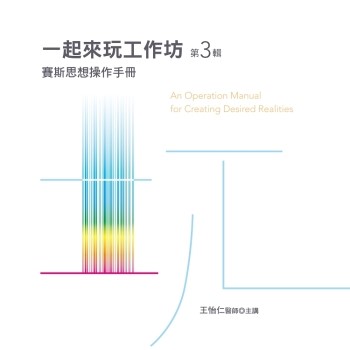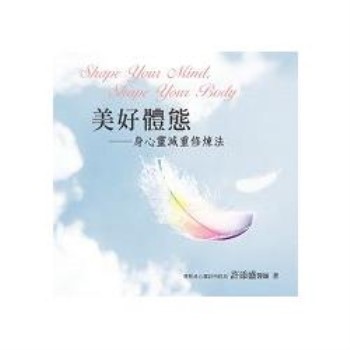ABSTRACTChick pea (Cicer arietinum L.) is an important legume crop in Ethiopia. However, the productivity of the crop is very low due to a number of constraints out of which soil nutrient depletion is a serious problem. Field experiment was conducted in 2015/16 in Goro, Bale Zone, Oromia Regional State to determine the effectiveness of Rhizobium strains and phosphorus fertilizer application on two cultivars of chickpea (Arerti and Habru). The thirty treatments included: two Rhizobial inoculants (CP EAL 18 and CP EAL 29), five P rate (0, 15, 30, 45 and 60 kg P ha-1); and two cultivars of chickpea (Arerti and Habru). The experiment was set up in split plot design with factorial arrangement of two varieties of chick pea on the main plots and five levels of P and three types of Rhizobium in the subplot. The nodulation rating, nodule volume and color were not significantly affected due to varieties. However, significant variation (P
| FindBook |
有 1 項符合
Effects of rhizobium inoculation and phosphorus fertilizer rates的圖書 |
 |
Effects of rhizobium inoculation and phosphorus fertilizer rates 作者:Meleta 出版社:LAP Lambert Academic Publishing 出版日期:2024-03-02 語言:英文 規格:平裝 / 100頁 / 22.86 x 15.24 x 0.61 cm / 普通級/ 初版 |
| 圖書館借閱 |
| 國家圖書館 | 全國圖書書目資訊網 | 國立公共資訊圖書館 | 電子書服務平台 | MetaCat 跨館整合查詢 |
| 臺北市立圖書館 | 新北市立圖書館 | 基隆市公共圖書館 | 桃園市立圖書館 | 新竹縣公共圖書館 |
| 苗栗縣立圖書館 | 臺中市立圖書館 | 彰化縣公共圖書館 | 南投縣文化局 | 雲林縣公共圖書館 |
| 嘉義縣圖書館 | 臺南市立圖書館 | 高雄市立圖書館 | 屏東縣公共圖書館 | 宜蘭縣公共圖書館 |
| 花蓮縣文化局 | 臺東縣文化處 |
|
|
圖書介紹 - 資料來源:博客來 評分:
圖書名稱:Effects of rhizobium inoculation and phosphorus fertilizer rates
|










